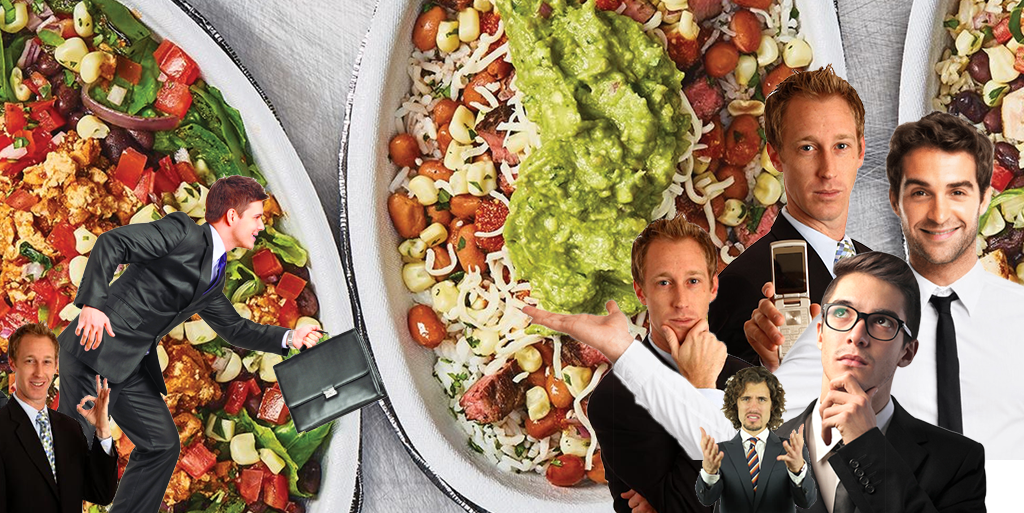
Chipotle: Solving business problems with technology for the win
How VOLTAGE helped Chipotle increase revenue by addressing scalability, time to market and user experience.

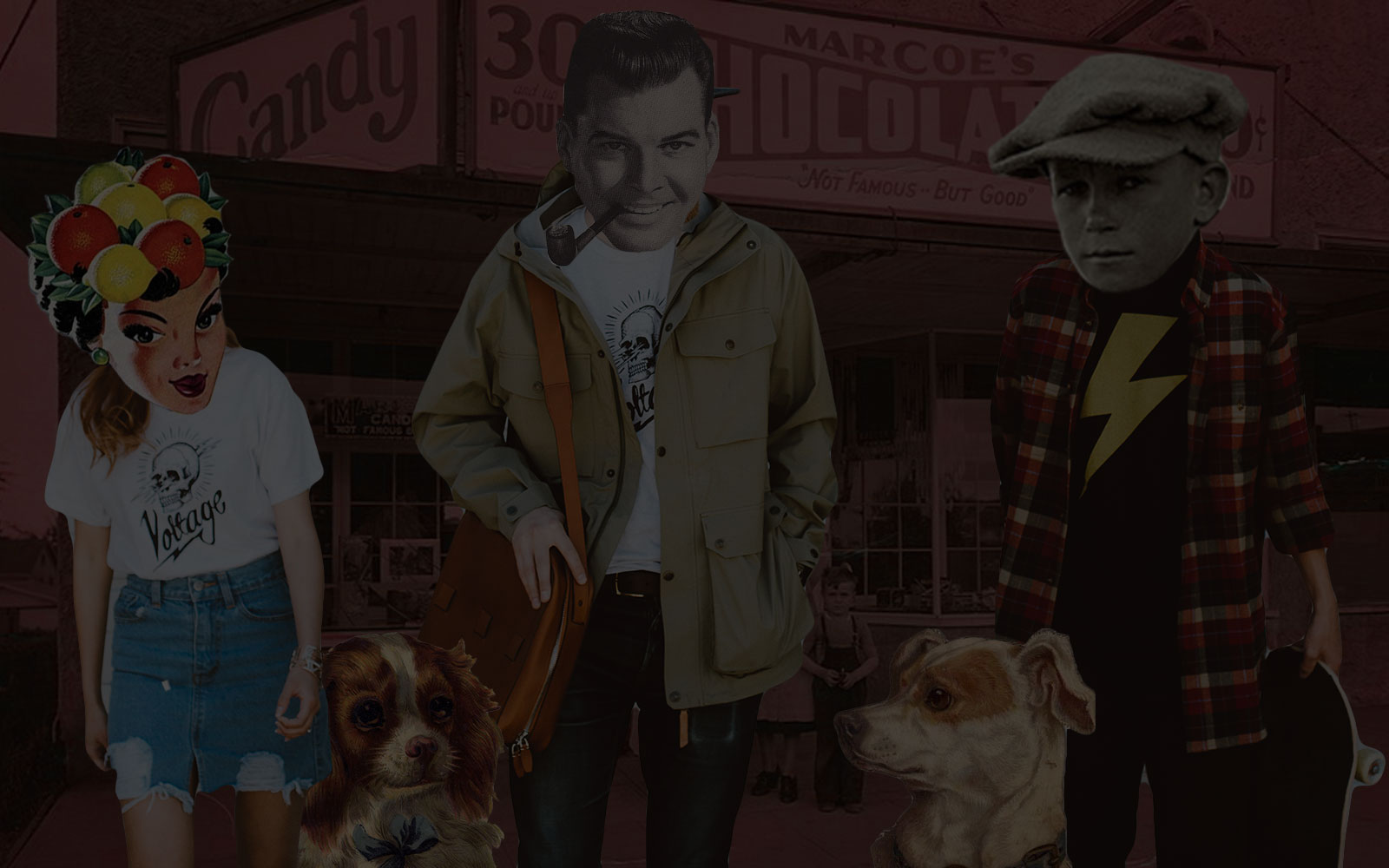
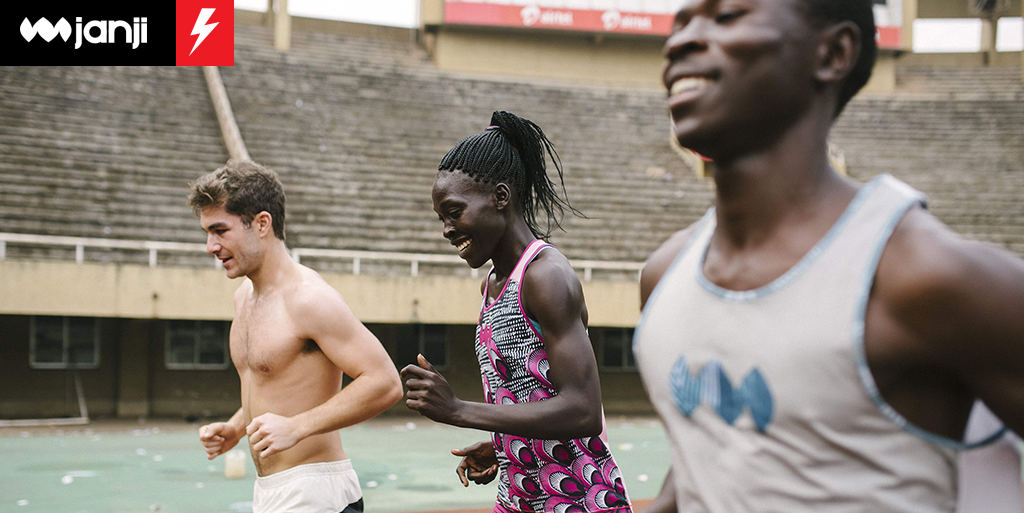
Running apparel brand. Clean water provider. Passport to adventure. An interview with Janji co-founder, David Spandorfer.
At first glance, Janji presents as running apparel infused with an international flavor that’s really quite fashion savvy. But it’s their emphasis on travel and a do-good focus that gives this up-and-coming brand legs as a true force for good. VOLTAGE founder and CEO Eric Fowles sat down with Janji co-founder, David Spandorfer, to talk about how the idea for Janji developed, how they give back and what their concept of running as a passport looks like in motion. Part 1 of 2.
Eric: Can you tell me a little bit about the history of Janji?
David: We started Janji in college about five years ago as a way to make the world a better place through running. We do that by creating paths that allow runners to explore, to connect with each other and to change the world through running. All of our gear has a design inspired by somewhere in the world.
We go to that country, pull design inspiration and we work with local artists and fabric makers there. When someone buys the gear, 5% of the sales goes to fund clean water projects – specifically in that country. So, what we want to do is build a very global running apparel brand that makes the world smaller while also making an impact on something runners know a lot about: the importance of clean water.
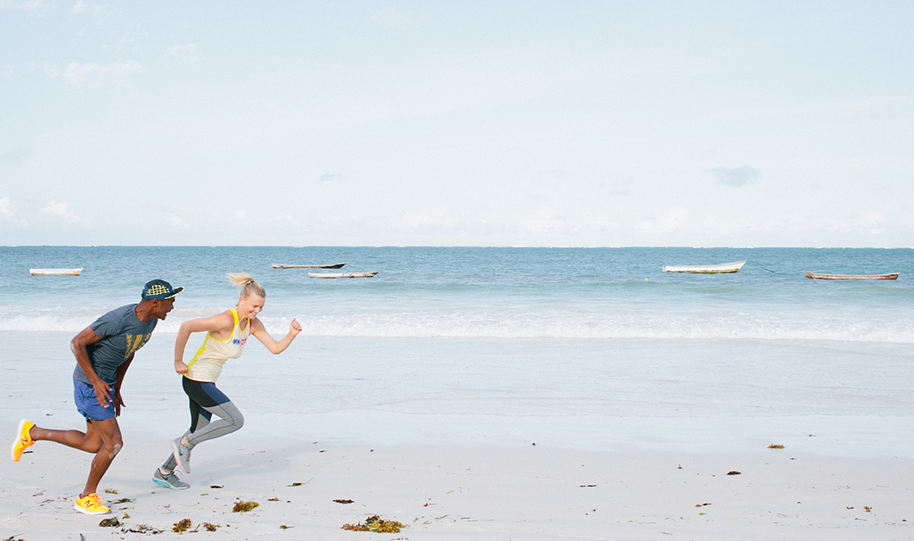
What spawned the idea? Was there a moment you can think of when you had this idea, or did it organically develop?
The idea kind of bubbled up at a track meet in college. Burnstein, my co-founder, and I ran in college. We were running at this super hot track meet. It was one of those 95 degree days, and we were running the longest race at the meet. I had done some tutoring with Ethiopian refugees in college, and I’d heard some of their stories about clean water.
After the meet, Mike and I said, look, we shouldn’t have finished that race – we wouldn’t have finished that race without water. And yet there are hundreds of millions of people around the world who lack basic access to clean water, and if we can find a way to connect that gap between people – here in the US and all around the world – that’s vital.
I think so often we take for granted what we have. Perhaps more importantly, we see people around the world as being others, people who are very unlike us. One thing that can connect us all is this issue of basic access to clean water. The other thing that is in all of our DNA is running. Anyone, everywhere, can run, and we want to find a way to make sure that running and water are tools that bring people together.
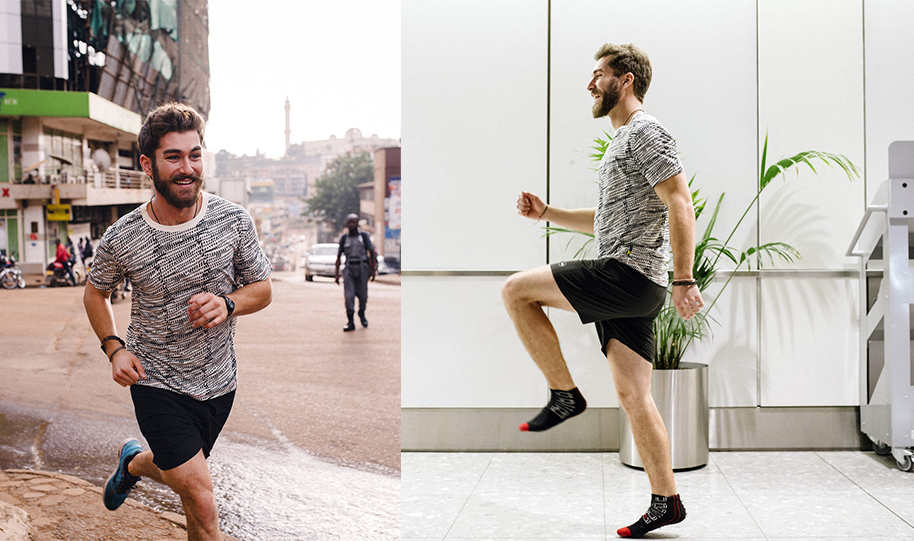
Tell me about your first product. How did the product line come about, and how has it developed over time?
So this product line originally developed at college. We had a friend who was an architect, a kid that we ran with named David who helped us design the first pieces. These pieces originally were based on the flags of these countries.
We worked with a supplier – one actually in business plan competition for the idea – and we moved from just taking the flags, these countries on the gear, and created a little bit more of a sophisticated palette that pulled fabric, that pulled artists’ work, that pulled inspiration on the ground. That created a little bit more of a nuance that actually has really helped the company tell unique, different and powerful stories from these countries.
How did you become a fashion brand? Had you studied that or did you just kinda figure it out as you went?
We very much figured it out as we went. My partner and I had a history and an urban studies major in college. So we had no experience with fashion, but we were passionate about the idea, and we connected with people who are more creative than certainly I was.
Over time you sort of separate tasks and figure out what you’re good at. And you know, frankly, designing product is not my forte. But we work with people who are really the best in the field – being in Boston has been like a huge win for us. There’s a lot of running brands, a lot of athletic brands based here in Boston, and we’ve been able to tap into that talent.
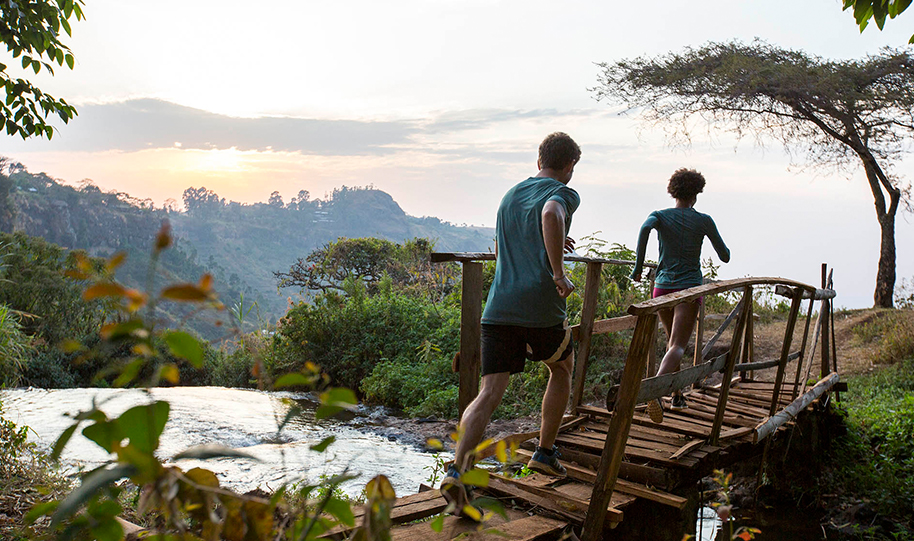
Can you tell me about how you got the line out there, and then maybe what the future vision is for you?
We got our line out there by working with a lot of small, specialty boutiques – stores that were super ingrained in their community and that were passionate about telling a unique story. So, not just stores that had running gear that was all black, that people can buy anywhere, but products that have a story behind it.
So much of what we do at Janji is about telling that story. That’s been a source of success for us – working with really big partners who are proud and excited, passionate about what we do.
For the future of Janji, I think it’s more than just putting up a piece of apparel and trying to compete on price. What we want to do with Janji is to create a vertical experience in which the customer who buys with us sees how we do it, why we do it and exactly – particularly – who we are helping.
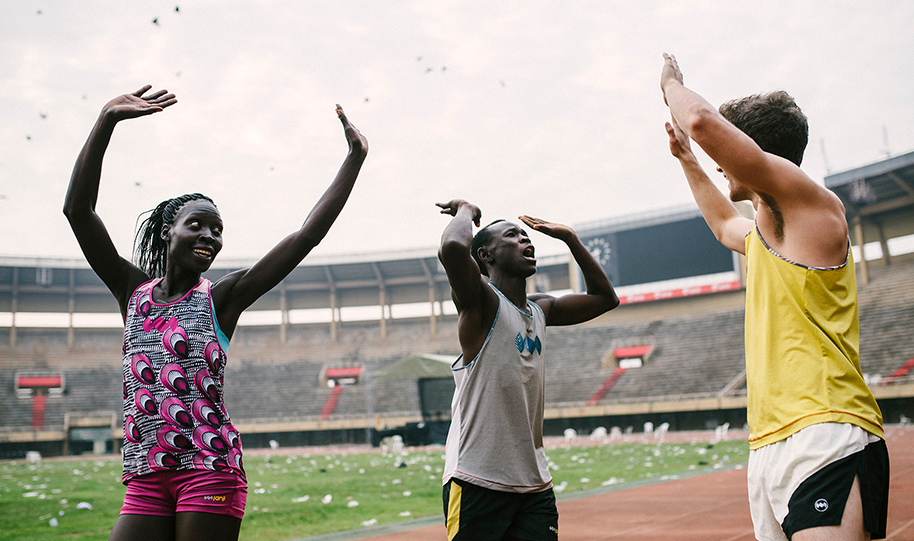
So who is your audience? How did you home in on them? How do you expand that audience – or do you want to?
At Janji, we have this vision, this mission, of what we’re trying to do, and we’re really lucky because there are runners around the world who might do these races for some sort of cause. There’s been no brand that allows them to give back in a lasting way outside of a race.
Our audience, ultimately, is someone who’s looking to change the world in a sustainable way with every run that they go on. It’s not necessarily a specific age range. It’s not specifically a certain type of demographic. It’s people who want to get beyond their typical running route, and to explore the world in all its beauty – from the market streets all the way down to the back alleyways of their own backyard.
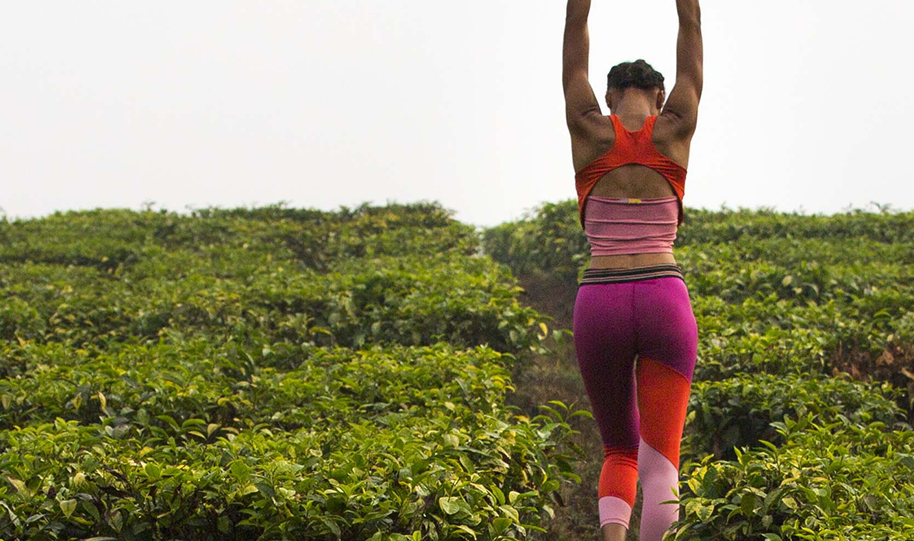
Do you feel like you’re going to continue to grow or expand this brand?
Yeah, I certainly hope we continue to grow. We’ve had a really good year. I think you just look at the younger generations – they really do care what’s happening around the world. I think you look at these surveys of people and where they’re spending money, and they want to spend money on experiences and travel and seeing the world around them. We want to emphasis that. Bring people closer together. We’ve been fortunate that we’ve been able to ride this wave of adventure running and travel running, and we’re going do that as long as possible.
As one entrepreneur to another entrepreneur, what’s been the biggest challenge for you? What’s the best tip or advice you’d give to other entrepreneurs?
The thing that has been the biggest struggle for us is figuring out who we are, why we want to do this and how to communicate that effectively. In the very beginning, we had this idea of flag prints on all of our pieces, and we were giving back to clean water and nutritional medicine initiatives.
Over time, we’ve been fortunate enough to hone that messaging. It’s something we want to continue to hone because speaking about something as complex as the global water crisis is super difficult. Speaking about it in a way that is hopeful, that’s full of promise and not about guilt and negativity is something that I think a lot of people have historically struggled with – and it’s something that we’re passionate about changing.
Next week, in part 2, Eric and David talk about empowering communities, results and how they’re using adventure running as a passport to invite their customers into deeper connection.
VOLTAGE is a digital agency specializing in eCommerce, digital brand experiences, and web apps. Get emails and insights from our team:

How VOLTAGE helped Chipotle increase revenue by addressing scalability, time to market and user experience.

How might the IKEA effect benefit or hurt your business? Explore a framework that VOLTAGE uses to leverage the IKEA effect and create high-performance teams.